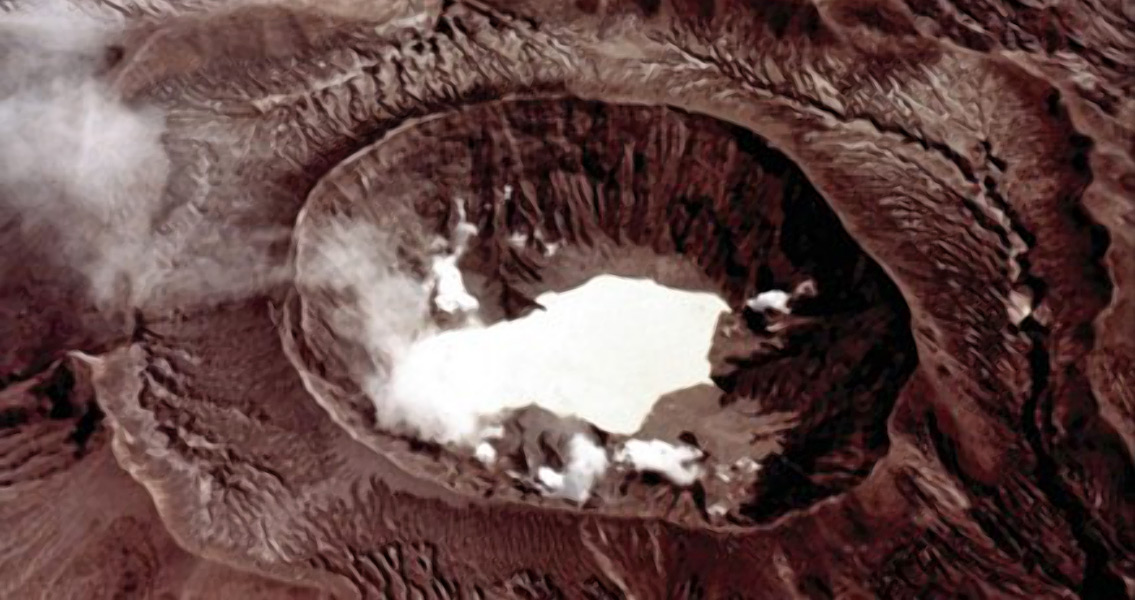<![CDATA[A new study theorizes that in 540 CE, a small and until recently seemingly unremarkable volcano in southern Mexico, El Chichón, was responsible for plunging the Maya civilization into a hundred years of chaos. The Maya prospered from 250 to 900 CE, they developed calendars, a writing system, new mathematics, amazing cities and pyramids. However, there remains a mysterious 100-year period during which the Maya inexplicably stopped construction projects, abandoned some regions and engaged in war, that archeologists have been unable to explain. An early indication an ancient volcanic eruption could have been the reason behind the gap came from sulfur particles trapped within the ice sheets of Antarctica and Greenland. Michael Sigl, a chemist with the Paul Scherrer Institute, determined a massive eruption might have occurred in 540 CE, coinciding with the beginning of the Maya “Dark Age.” Tree ring records also suggest that sulfur particles up high in the atmosphere triggered a global temperature drop of between 1.5 and 2 degrees Celsius around the same time. A volcanic eruption had impacted the world’s climate, however, its location was undetermined. Coincidentally, Kees Nooren with the Utrecht University (Netherlands) had recently studied lake sediments taken from a delta on the Yucatan Peninsula on the Gulf of Mexico, where he discovered several layers of volcanic ash. An analysis of the shards of volcanic glass found in the sediment traced them to El Chichón, and carbon analysis dated them to approximately 540 CE. Still, scientists disagree the exact effects the eruption would have had on the Maya. If this eruption had been large enough to send sulfur particles halfway across the globe, it wouldn’t have just caused harsher winters (as suggested by tree ring records), it would have also caused regional droughts (another theory of the Maya “gap”). Additionally, researchers cannot be sure the 540 CE eruption was large enough to have affected the entire planet. Volcanologists will need to conduct additional searches for more ash deposits to accurately measure the magnitude of the event. Even if the eruption had been too small to result in global effects, its proximity may have played a role in the 100-year “Dark Age” of the Maya, with pyroclastic flows and ash from El Chichón throwing nearby communities into chaos. Some archeologists go so far as to say an eruption may have benefited the Maya, encouraging them to abandon areas to move closer to ash deposits which in small amounts can be used as an effective fertilizer. Another theory even suggests that the Maya depended on ash as a fertilizer to the extent that a lull in major volcanic activity towards the later part of the eighth century might have been the precursor to the Maya civilization’s eventual collapse. Large or small, it’s likely that El Chichón played some role in the mysterious Maya mysterious dark age. The new study, by Nooren, Sigl and colleagues, was recently published in the journal Geology. ]]>
Volcano May Explain Mysterious 100-Year Maya Dark Age
